Aquilegia canadensis ‘Rhubarb and Custard’
£6.45
Upright perennial producing masses of bicoloured, red and yellow flowers above dark-green leaves. With a compact habit it is ideal for containers and borders. Height 40cm. Spread 30cm. Flowers April to June. Full sun/partial shade. Hardy.
Description
Aquilegia canadensis ‘Rhubarb and Custard’ is a striking perennial known for its vibrant, bicoloured red and yellow flowers that bloom above dark-green foliage. This compact plant is ideal for containers, borders, and smaller garden spaces. With proper care, it can thrive and provide long-lasting beauty from April to June. Below is a comprehensive planting and aftercare guide to help your Aquilegia canadensis ‘Rhubarb and Custard’ flourish in your garden.
PLANTING and AFTERCARE GUIDE
Best Planting Time
- Spring: The best time to plant Aquilegia canadensis ‘Rhubarb and Custard’ is in early spring when the soil begins to warm up. Planting at this time allows the plant to establish roots before the growing season begins, ensuring healthy growth and strong flowering.
- Autumn: You can also plant Aquilegia in early autumn, giving the plant time to settle in before the colder months. This ensures it can thrive and return strongly the following spring.
Site Selection
- Sunlight: Aquilegia canadensis ‘Rhubarb and Custard’ thrives in both full sun and partial shade. For optimal growth and abundant blooms, select a spot that receives at least 4-6 hours of sunlight per day. However, this plant can tolerate some shade, making it versatile for various garden conditions.
- Soil: Aquilegia prefers well-drained soil with good fertility. Ensure the soil is slightly moist, as this plant does not like overly dry or waterlogged conditions. Incorporate organic matter like compost to improve soil structure and drainage, ensuring your plant flourishes.
Planting Instructions
- Prepare the Hole: Dig a hole that is twice the width and the same depth as the root ball of your Aquilegia canadensis ‘Rhubarb and Custard’. This allows for proper root expansion and growth.
- Soil Preparation: Mix compost or organic matter into the soil to enrich the planting area. This helps improve fertility, drainage, and moisture retention, supporting healthy plant growth.
- Planting: Place your Aquilegia in the hole, making sure that the top of the root ball is level with the surrounding soil. Gently fill in the hole, pressing the soil down lightly to remove air pockets and ensure stability.
- Watering After Planting: Water thoroughly after planting to settle the soil around the roots. Ensure that the area drains well to avoid waterlogging, as excess moisture can cause root rot.
Watering Requirements
- Growing Season: Once established, Aquilegia is moderately drought-tolerant. Water during dry spells, but allow the soil to dry out slightly between watering sessions. Be sure not to overwater, as soggy soil can lead to root problems.
- Dormant Season: Reduce watering in the dormant season. Only water if the soil becomes excessively dry, as this plant needs minimal moisture during its resting period.
Feeding
- Spring: Apply a balanced fertiliser at the start of the growing season to give your Aquilegia a strong start. This supports the development of healthy leaves and flowers.
- Mid-Summer: A light feed can be applied in mid-summer to encourage continued growth and flowering. Be cautious not to overfeed, as this can encourage excessive foliage growth at the expense of flowers.
Pruning
- Deadheading: Regularly deadhead your Aquilegia canadensis ‘Rhubarb and Custard’ by removing faded flowers. This practice will prolong the blooming period, help maintain a tidy appearance, and encourage more flowers to develop.
- Autumn Pruning: Once the blooms have faded, cut back the plant to ground level in autumn. This prepares it for the dormant season and ensures a healthy start in the spring.
Mulching
- Spring: Apply a layer of mulch around your Aquilegia in early spring. This helps to conserve moisture, suppress weeds, and regulate soil temperature.
- Winter: During the colder months, mulch around the base of the plant to protect the roots from freezing temperatures. This will help the plant survive winter and emerge strong the following season.
Supporting the Plant
- Staking: Aquilegia canadensis ‘Rhubarb and Custard’ has a compact growth habit, so it generally does not require staking. However, if the plant becomes top-heavy or the weather is particularly windy, consider adding support to prevent damage.
Final Tips
Aquilegia canadensis ‘Rhubarb and Custard’ is a low-maintenance, hardy perennial that brings vibrant, eye-catching colours to your garden. By following the planting and care tips outlined in this guide, you will be able to enjoy its stunning red and yellow flowers year after year. Whether planted in full sun or partial shade, Aquilegia is an ideal choice for containers, borders, and smaller garden spaces. With minimal care, this charming plant will reward you with months of beautiful blooms from April to June.
Additional information
| Pot Size |
|---|




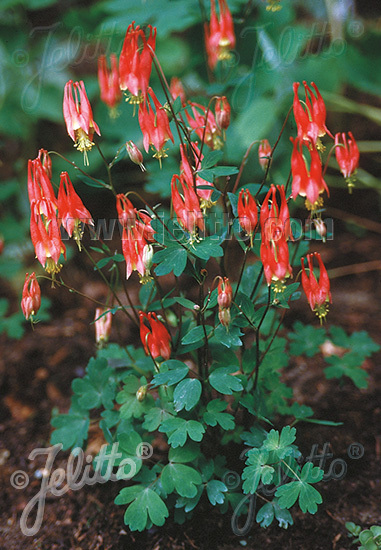
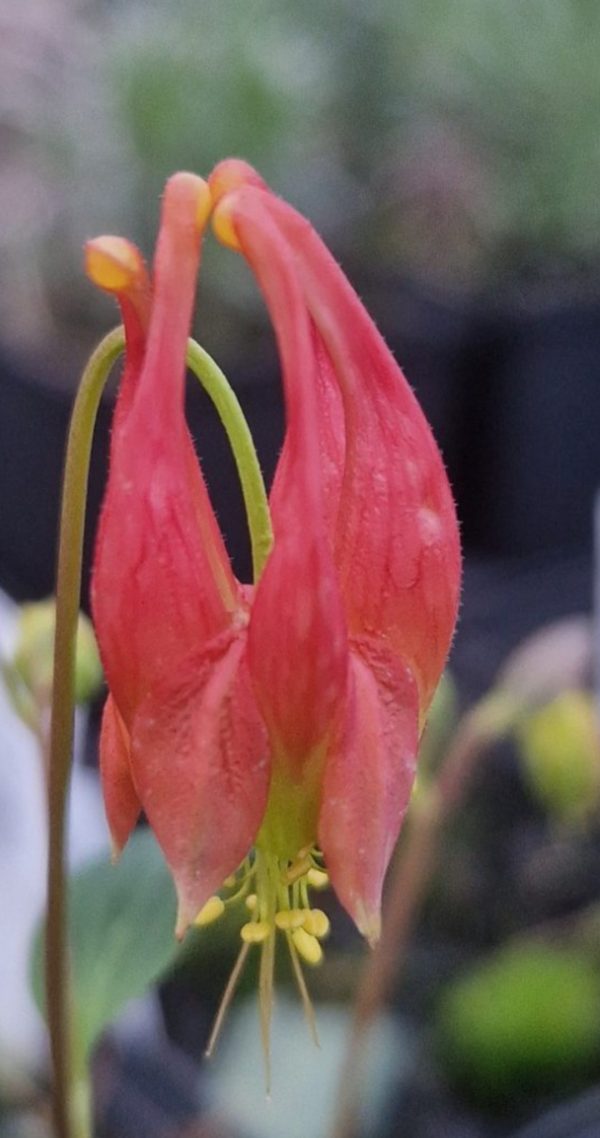
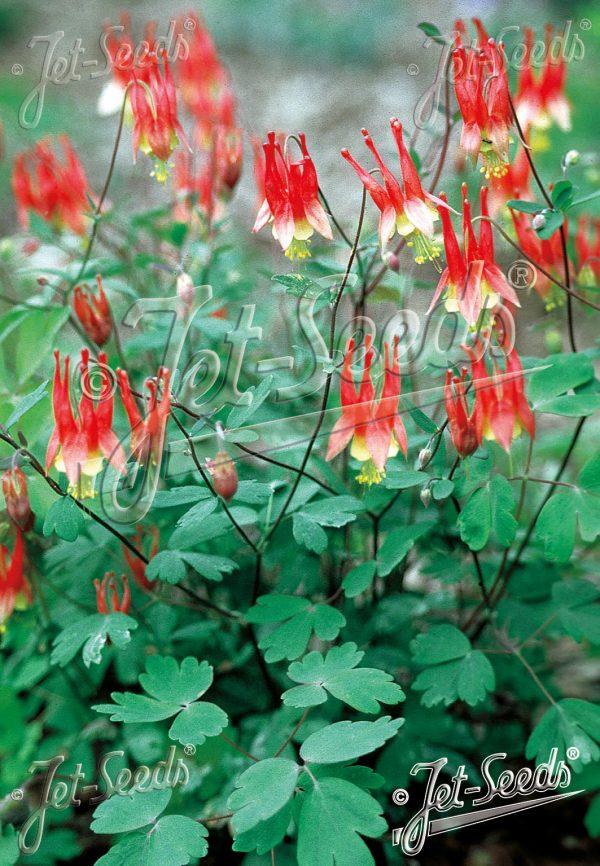
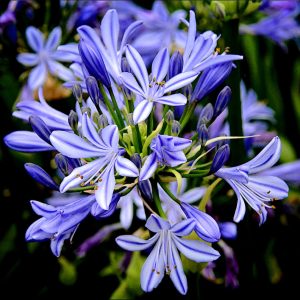
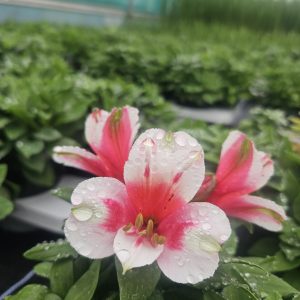
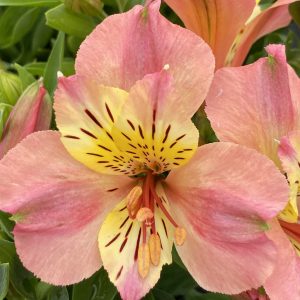
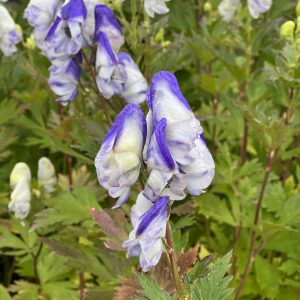
Reviews
There are no reviews yet.